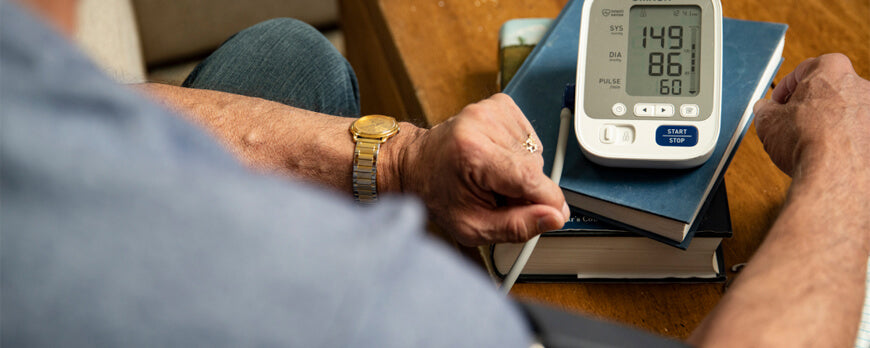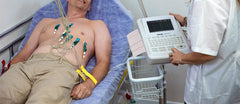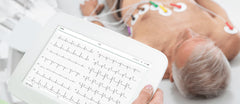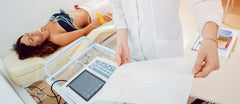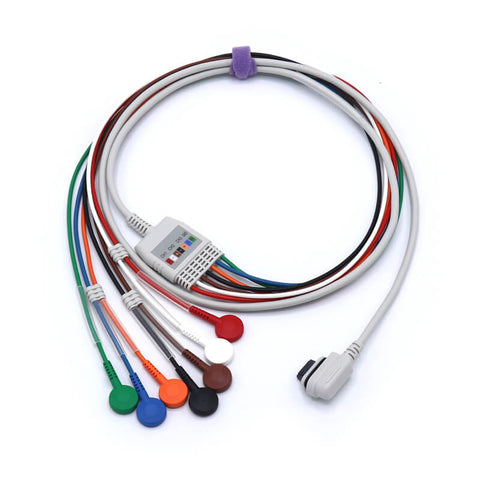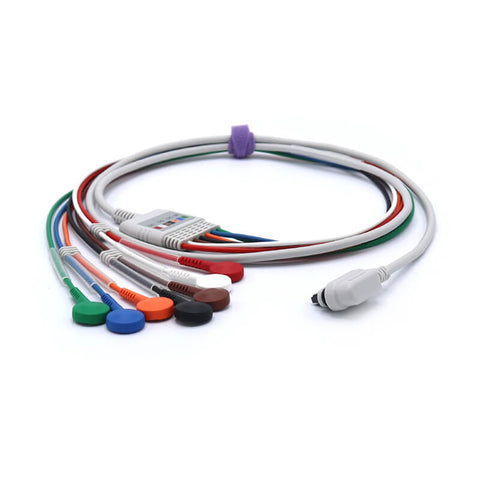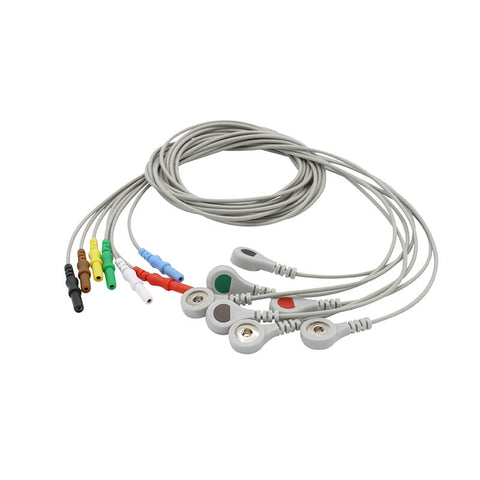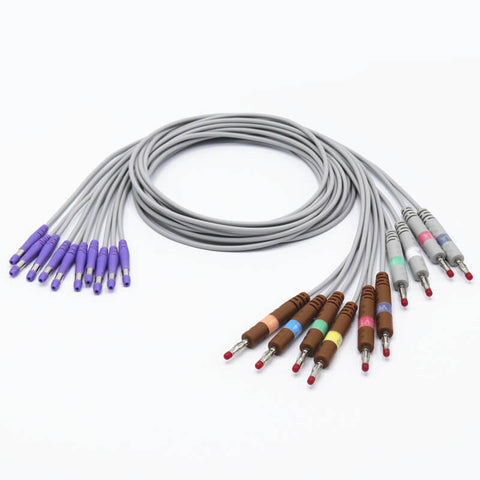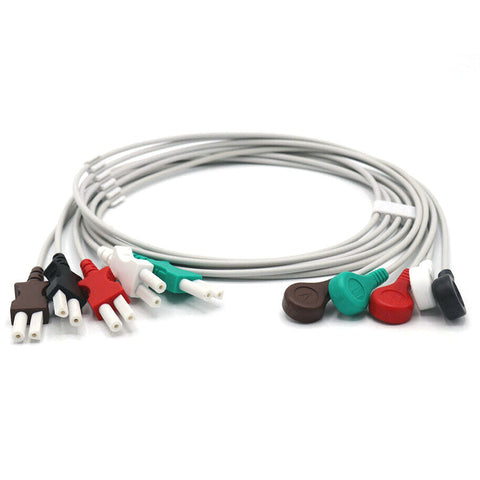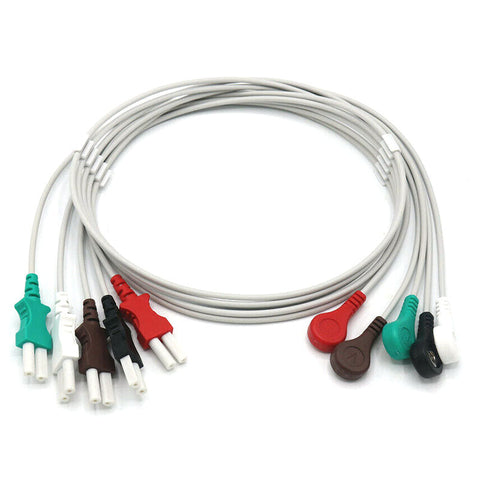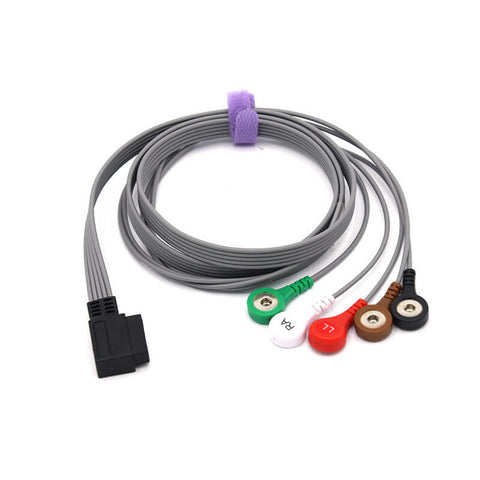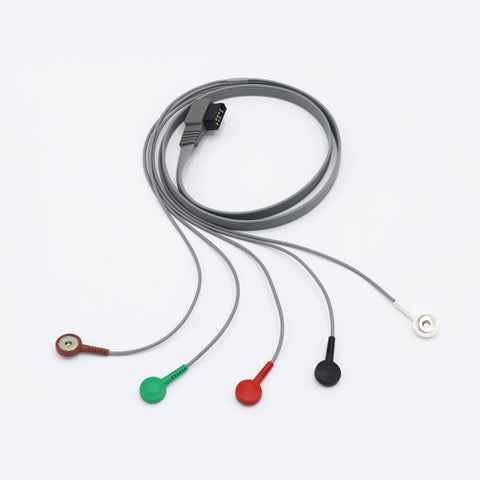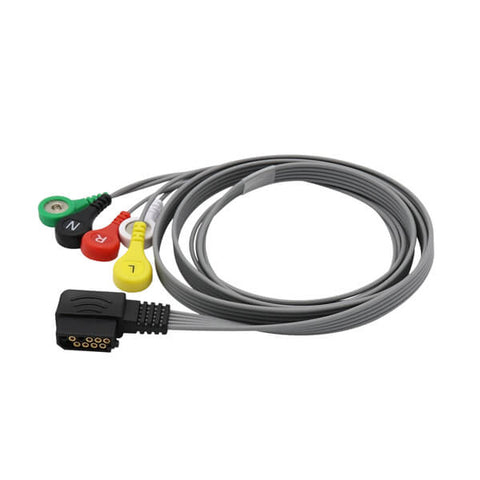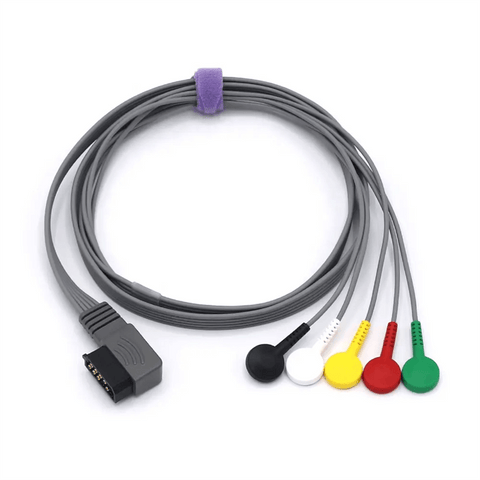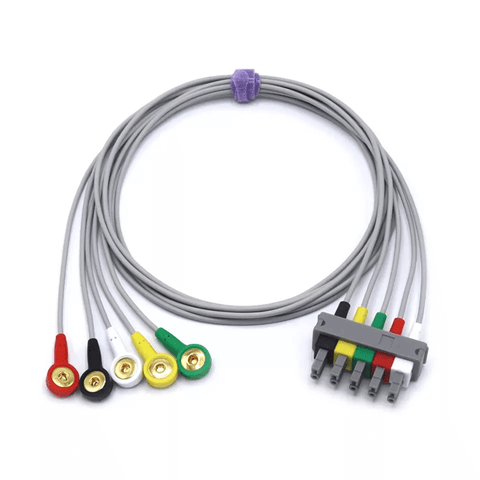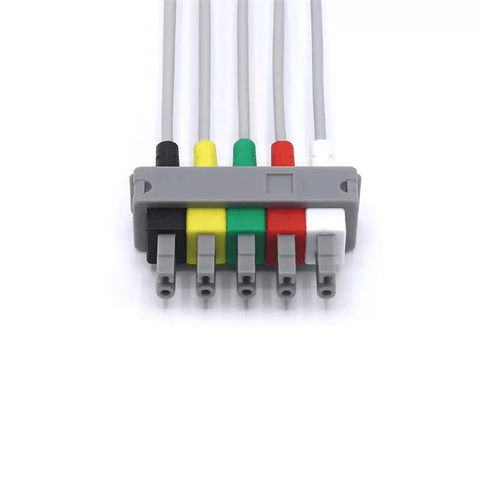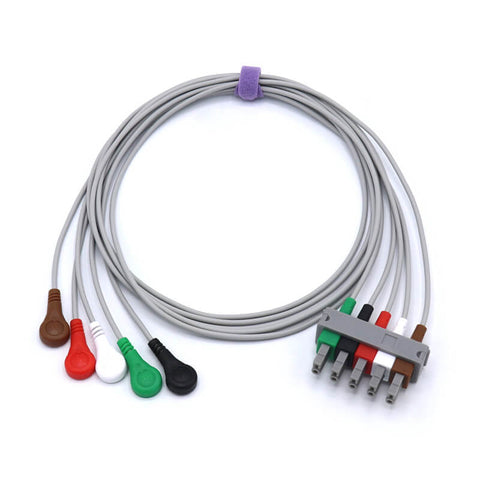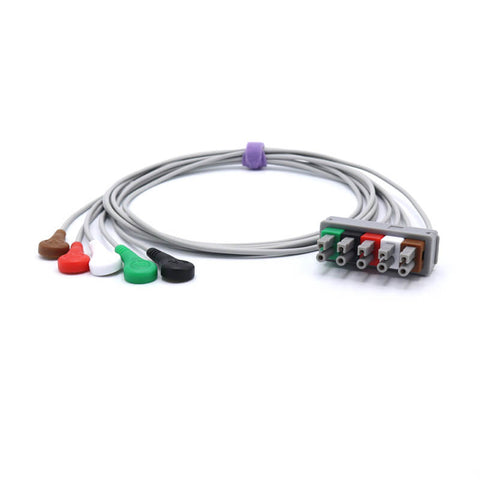Kann ein Blutdruckmessgerät Sauerstoff messen?
Die kurze Antwort: Nein
Ein herkömmliches Blutdruckmessgerät kann Ihren Blutsauerstoffgehalt nicht messen. Es handelt sich um zwei unterschiedliche Vitalfunktionen, für deren genaue Messung völlig unterschiedliche Technologien erforderlich sind. Wenn Sie sich bei der SpO2-Messung auf ein Blutdruckmessgerät verlassen, kann dies zu gefährlichen Missverständnissen Ihres Gesundheitszustands führen.
Warum sie anders sind: Zweck und Technologie
Blutdruck und Blutsauerstoffsättigung sind separate Messwerte und die Geräte, die sie messen, sind für bestimmte, einzigartige Funktionen konzipiert.
1. Was ein Blutdruckmessgerät macht
Ein Blutdruckmessgerät (Sphygmomanometer) misst den Druck des Blutes auf Ihre Arterienwände.
-
Was es misst:
-
Systolischer Druck: Der Druck in Ihren Arterien, wenn Ihr Herz schlägt (die obere Zahl).
-
Diastolischer Druck: Der Druck in Ihren Arterien, wenn Ihr Herz zwischen den Schlägen ruht (der untere Wert).
-
Herzfrequenz (Puls): Viele moderne Geräte zeigen auch Ihre Pulsfrequenz an.
-
-
So funktioniert es:
-
Eine aufblasbare Manschette wird um Ihren Oberarm oder Ihr Handgelenk gewickelt.
-
Die Manschette wird aufgeblasen, um den Blutfluss in einer Arterie vorübergehend zu stoppen.
-
Wenn die Manschette entleert wird, erfassen Sensoren die Vibrationen in Ihren Arterienwänden, um Ihren Blutdruck zu berechnen.
-
-
Seine einzige Aufgabe: Druck messen. Es ist nicht in der Lage, den Blutsauerstoff zu analysieren.
2. Was ein Pulsoximeter macht
Ein Pulsoximeter ist ein spezielles Gerät, das ausschließlich zur Messung der Sauerstoffsättigung in Ihrem Blut entwickelt wurde.
-
Was es misst:
-
Sauerstoffsättigung (SpO2): Der Prozentsatz Ihrer roten Blutkörperchen, die Sauerstoff transportieren. Ein normaler Wert liegt normalerweise bei 95 % oder höher.
-
Herzfrequenz (Puls): Es bietet auch eine Pulsfrequenzmessung.
-
-
So funktioniert es:
-
Es wird an Ihrer Fingerspitze, Ihrem Zeh oder Ihrem Ohrläppchen befestigt.
-
Es verwendet rote und infrarote Lichtstrahlen, um die Farbe Ihres Blutes zu analysieren. Sauerstoffreiches Blut ist heller rot und absorbiert Licht anders als sauerstoffarmes Blut.
-
Ein Sensor liest das Licht, das durch Ihre Haut dringt, und berechnet Ihren SpO2-Wert.
-
Was ist mit Kombinationsgeräten?
Obwohl die Geräte separat erhältlich sind, gibt es auf dem Markt auch Kombinationsgeräte. Dabei handelt es sich in der Regel um All-in-One-Gesundheitsmonitore für zu Hause, die Folgendes umfassen:
-
Eine Blutdruckmanschette.
-
Eine eingebaute Pulsoximetersonde.
Diese Geräte führen jede Messung nacheinander mit der richtigen Technologie für jedes Vitalzeichen durch. Sie verwenden keine Blutdruckmanschette zur Sauerstoffmessung.
Welches Gerät benötigen Sie?
-
So überwachen Sie Bluthochdruck oder die Herzgesundheit: Verwenden Sie ein Blutdruckmessgerät.
-
Zur Überwachung der Atemgesundheit, der Sauerstofftherapie oder der Genesung von einer Krankheit (wie COPD oder COVID-19): Verwenden Sie ein Pulsoximeter.
-
Für einen umfassenden Überblick: Überlegen Sie sich ein geprüftes Kombigerät oder erwerben Sie beide Geräte separat.
⚡ Wichtigste Erkenntnis: Verwechseln Sie die Messwerte nicht. Der Blutdruck ist ein Maß für die Kraft. Der Blutsauerstoff ist ein Maß für die Sättigung. Für eine genaue Messung sind unterschiedliche Instrumente erforderlich.
Häufig gestellte Fragen (FAQ)
F: Mein Blutdruckmessgerät zeigt einen Pulswert an. Ist das dasselbe wie der Sauerstoffgehalt?
A: Nein, absolut nicht. Der Pulswert gibt Ihre Herzfrequenz (Schläge pro Minute) an. Er hat keinen Einfluss auf den Sauerstoffgehalt in Ihrem Blut. Ein Pulsoximeter zeigt zwar auch den Puls an, ist aber das einzige Gerät, das den SpO2-Prozentsatz angibt.
F: Gibt es Geräte, die Blutdruck und Sauerstoff über die Manschette messen?
A: Nein. Jedes Gerät, das behauptet, SpO2 mit einer Standard-Blutdruckmanschette zu messen, ist ungenau. Gültige Kombinationsgeräte verfügen über einen separaten, speziellen lichtbasierten Sensor (oft in das Hauptgerät integriert und für die Fingerspitze geeignet) zur Sauerstoffmessung.
F: Welche Lektüre ist wichtiger?
A: Beide sind von entscheidender Bedeutung, allerdings aus unterschiedlichen Gründen. Der Blutdruck dient der Beurteilung der Herz-Kreislauf-Gesundheit, während die Sauerstoffsättigung die Atemfunktion beurteilt. Ihr Arzt wird anhand Ihres spezifischen Gesundheitszustands entscheiden, welche Überwachung relevanter ist.
F: Was soll ich tun, wenn mein Sauerstoffgehalt niedrig ist?
A: Wenn Ihr Pulsoximeter dauerhaft einen SpO2-Wert unter 90 % anzeigt oder wenn Sie Kurzatmigkeit, Brustschmerzen oder Verwirrtheit verspüren, wenden Sie sich sofort an einen Arzt.
Haftungsausschluss: Diese Informationen dienen ausschließlich zu Bildungszwecken. Verlassen Sie sich bei Fragen zu Erkrankungen oder der Verwendung medizinischer Geräte immer auf den Rat Ihres Arztes oder eines anderen qualifizierten Gesundheitsdienstleisters.

